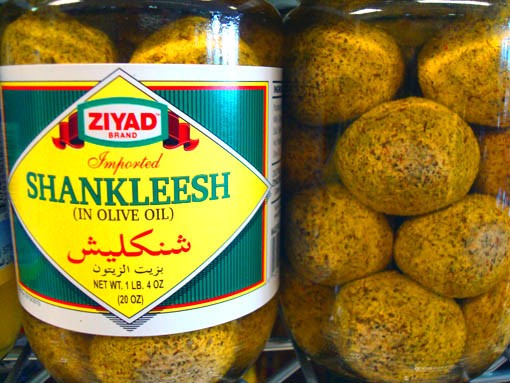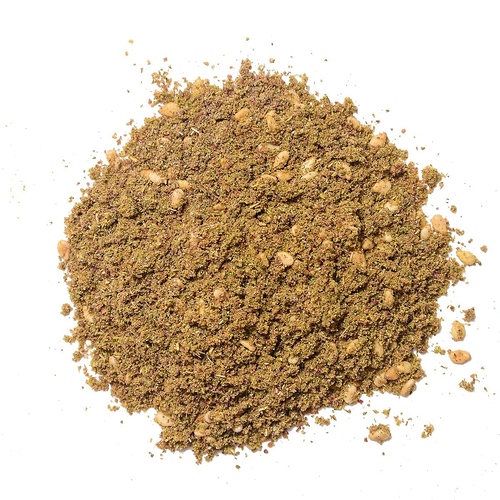Using degrees Celsius!
I usually use a heavy based pot half filled with water, with an old re-used 2L yoghurt container from the shops inside the pot on the low hot plate (shouldn’t react at low heats!)
Heat milk to around 41 degrees celsius (it will rise a few degrees more)…
Old school people just use your clean pinkie and it should be a touch more than blood warm but until you get the knack then use a thermometer.
For every cup of milk you use, add one teaspoon of the best yoghurt you can get with high bacteria count or just left over from last batch.
So 2L of milk use 8 teaspoons of yoghurt culture from a store bought yoghurt.
1L = 4 cups so 4 teaspoons. you can buy bacteria sachet but this way is more convenient.
If you are using farm fresh milk then the cream will rise after it sets… no drama all good.
Wisk the daylights out of your inoculated milk making sure not to go over 43 c temp….
After you have wisked it very very well, take your bucket out of the pot, lid it up tightly, and wrap the whole thing in blankets and put in a warm spot free from drafts… you may also use a hot water bottle if its winter… alternatively you can make it in the cooking pot itself but be very careful using direct heat from a hotplate - I find the yoghurt pot more convenient for fridging.
I leave for 6-7 hours for a nice medium sour yoghurt… the longer it sits the thicker - but more sour, the shorter it sits the sweeter but more runny due to the lactose not converting as much… you can leave it all night or longer - depends on the strength of your starter culture.
Don’t think that more culture the thicker - you will overpopulate your bacteria and it will be thin and runny - unless your starter culture is on the older side and a bit weaker… I usually ad lib judging on how my last batch turned out… It will eventually fade out and stop if you leave it too long between batches.
Try not to disturb your fermenting yoghurt or it won’t work and try to maintain the warmth at a constant… too hot can also spoil it - but its all edible just may not be how you prefer it…
After the incubation of say 6-12 hours you may strain it after or retain it in the whey…
Works well with raw organic milk or store bought.
You can also start the whole thing by doing a pasteurise at about 150 degrees celsius first for 10 mins, then inoculate when it is cooled down to 42 c… do not add the bacteria yoghurt culture starter at over 43 as the bacteria die at over this temp.
Hope this helps
Click like as I’m nnnnnewwww here


